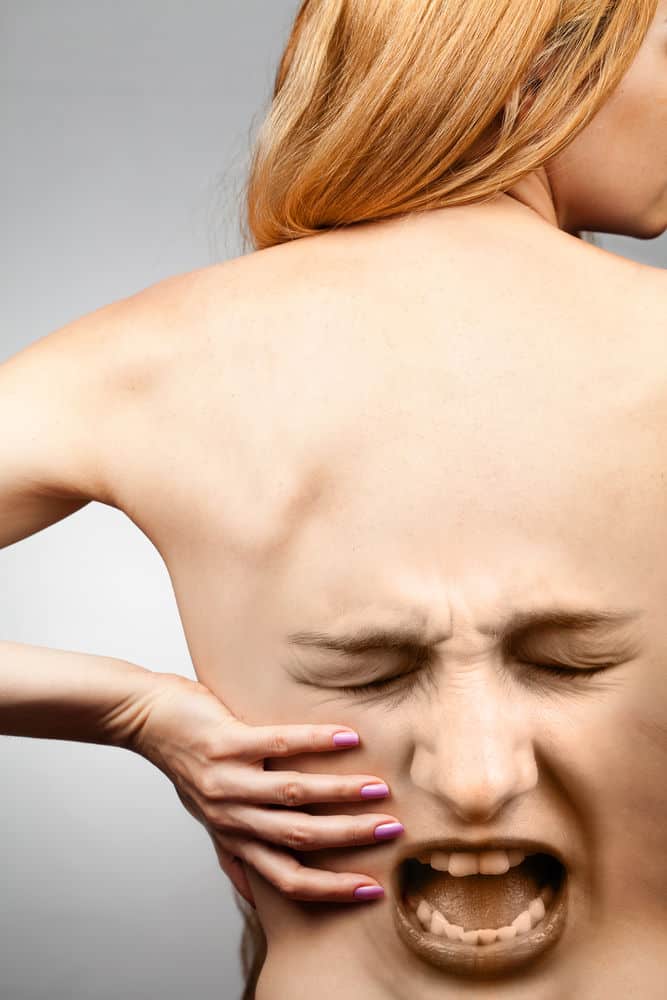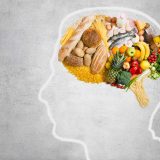

In our Mind-Body Connection series on www.IntegrativeHealthcare.org we learned how the “fight or flight” response is a function of the nervous system that interprets threats and prepares the body to fight or run. We also discussed stress and the forms it can take: physical, mental, social and emotional. All forms of stress impact the emotional state of an individual and the body tends to hold on to those emotions in what is called emotional armoring.
There are common emotional triggers that we all face and must deal with in life. At the same time, anatomy and physiology is fairly consistent across humans, and so there is a lot of commonality in how we tend to handle emotions. Often we lock those emotions into our bodies in holding patterns.
Here are 10 commonalities that bodyworkers and massage therapists generally find to be true:
- Neck tension tends to be about flexibility in thinking. Lack of mobility in the neck usually indicates a rigid thought process that takes physical form over years.
- Shoulder pain and tension is about some aspect of carrying the “weight of the world” on our shoulders, “shouldering responsibility” or carrying a burden through life.
- The throat area is about communication, including the inability to communicate, to speak up for oneself or about an issue.
- The chest area is often usually about emotions, love and being alone. Hurtful words and actions often end up locked up in this area of the physical body.
- Arms, elbows and hands are about “handling” life. Physical pain in these areas are usually about fear of not being able to handle something or resentment about needing to handle something.
- The upper back is often about emotional support in life. When someone feels they are on their own or their friends or family are not there for them, those feelings can get locked into the upper back.
- The Solar Plexus area is often about fear and indecision. Fear and lack of power tend to accumulate here, usually resulting in fast, shallow breathing, hyperventilating and panic attacks.
- The areas of the lower abdomen and around the genitals are where issues of childhood trauma and personal violations tend to lock themselves into the physical body. This area tends to be where we hide the stresses that really threaten our survival. The symptom of chronic constipation is a common sign of holding onto past issues.
- Lower back pain can be a result of lack of money, worry over money, fear of not being able to provide for self and family. Financial issues get locked in here.
- The legs, knees and ankles tend to be about moving forward in life. When someone feels they cannot move forward, are moving too fast, or are not moving fast enough, those emotions tend to manifest in the legs, knees and ankles.
Meditation, massage and bodywork, the use of positive mantras and strong social networks help people manage the stress and dissolve the physical constrictions that result from stress being held onto and locked into the body.
While no two people are exactly alike, over time bodyworkers see patterns emerge in how specific emotions entrench themselves into physical form throughout the body. Because stress is dependent on how it is perceived by the individual and each individual has unique coping mechanisms that vary by levels of success, it is difficult to quantify this phenomenon of physical manifestation of emotional states. However massage therapists and other bodyworkers do see these trends over time.
Editor’s Note: Natural Wellness’ Stress Relief includes all natural stress calming herbs such as valerian, hops and skullcap; and Joint Support is a natural herbal supplement for arthritis pain relief and joint mobility.




